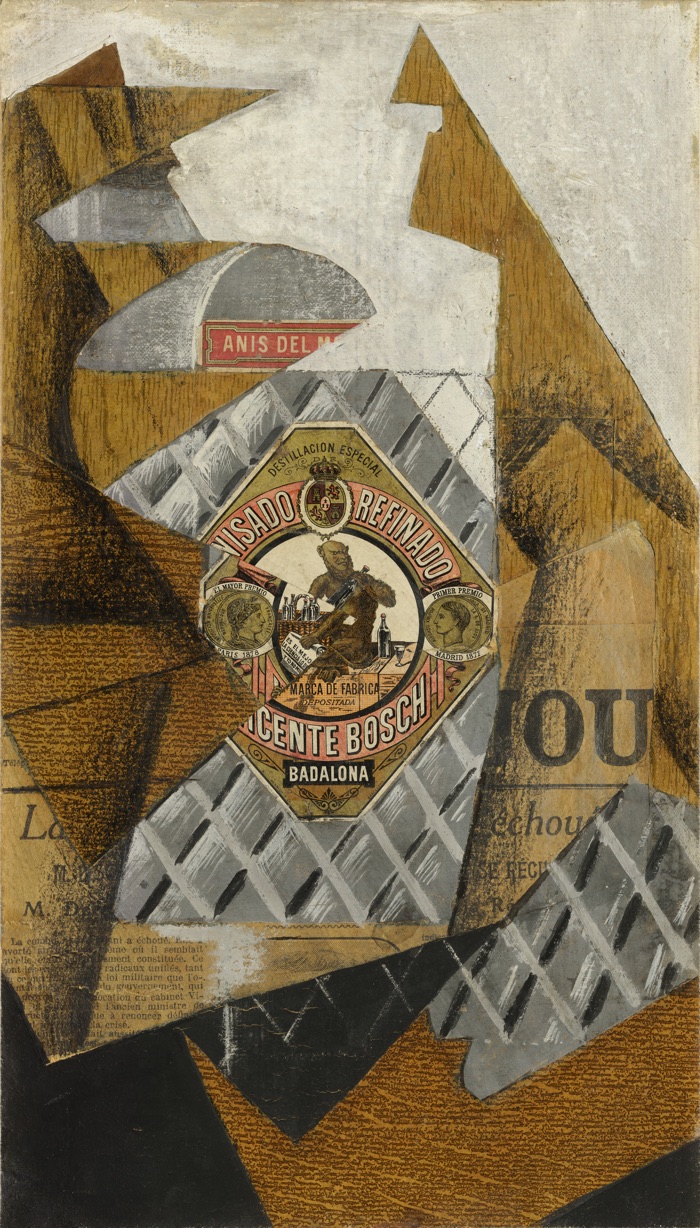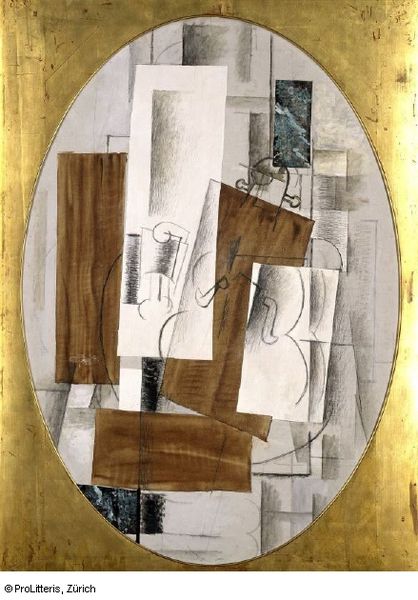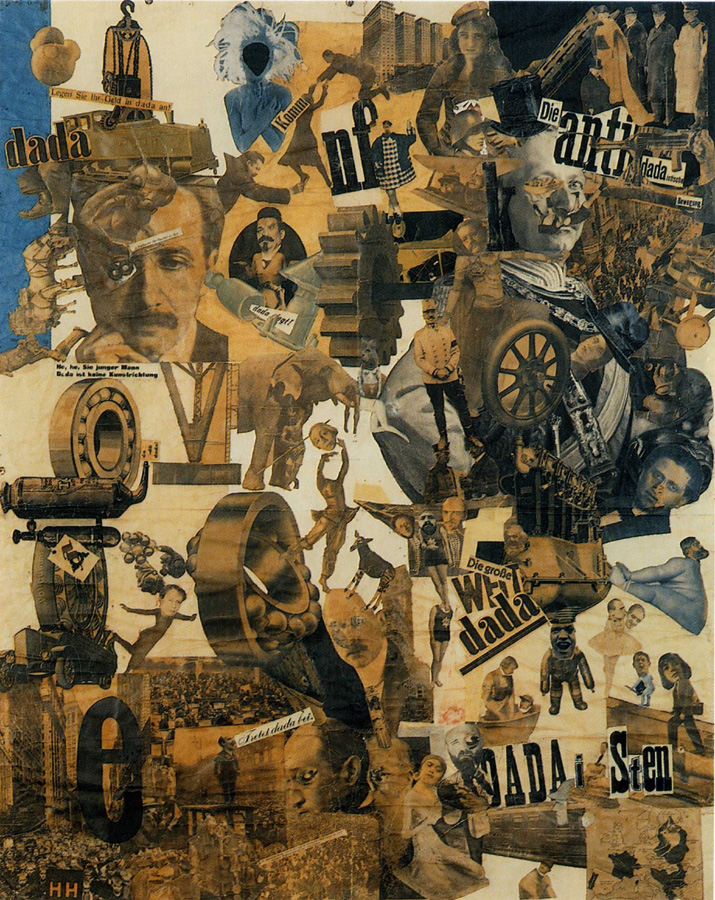Community
A Photographic History Of Collage
By Lars - 7 min read
How the art of cutting and pasting emerged – and why it fits so well with contemporary photography.
What do you think when you hear the word “collage”? Chances are that you picture snippets of newspaper or photo prints, laboriously reassembled to create a new image. Some collages are works of art, hanging in museums and galleries, others are the domain of birthday cards, and only make it onto refrigerator doors. It’s an art form that has come a long way, and been popularized over the years.
There are two reasons we’re devoting extra attention to collages this month: First of all because the art form is experiencing a resurgence in popularity. But also because we’ve discovered how firmly grounded it is in the history of photography, and how well it has held up even in an era of digital images.
Read on for a brief history of collage photography!
The Emergence of Collage
The collage – as the name suggests – has its roots in France, where it was pioneered by the modernist artists Georges Braque and Pablo Picasso, around 1911. It is a little unfair to credit the two as inventors of the technique, since earlier examples of collages trace back to Victorian England – but the two certainly gave the collage mainstream appeal.
What is it, exactly? The Museum of Modern Art defines a collage as a “technique and resulting work of art in which fragments of paper and other materials are arranged and glued to a supporting surface”.

Juan Gris – La bouteille d’anis – 1914. This collage uses a bottle label as central element around which the collage is created.
In the case of Braque and Picasso, the embrace of the collage was a natural extension of their Cubist works. Cubism, if you recall, used geometric shapes to either abstractly represent a subject, or to create an entirely new world of intersecting lines. But even though cubes create an illusion of three dimensionality, the paintings effectively remained works of art on a flat surface.

Georges Braque – Violon et verre – 1914
The collage was their way of breaking through this limitation: The artists used paper cutouts of pieces of work to extend their toolset beyond paint: Gluing pieces on the canvas meant that the surface became three-dimensional, much more like sculptures than paintings. The objects that appear in a collage range from artist to artist, and can include almost anything you can think of.
A Way to Interpret Reality
This technique also gave the artists a powerful new ways of picturing their realities: Remember that even the best painting is just a reproduction of reality, but using objects in a collage means hoisting precise physical elements onto the canvas. That’s why newspaper clippings became such a popular elements of collages: Their text adds a precise message to a collage, and often referenced current events.
No art form ever emerges in a vacuum, and the popularization of the collage was heavily influenced by the political mood at the time: The early 20th century was characterized by the fallout from industrialization and a battle for societies’ soul under capitalism. Not only can you see many political messages in collages, the art form itself also made a statement: Many artists believed that their creations had to be a counterpoint to the mechanized production of their age. Creating intricate collages was a way of showcasing human craft and skill, an effective way of displaying humanity at the forefront.
Collage was quickly embraced by other artists, notably of the surrealist or Dadaists leanings. Famous collage artists include such prominent names as Henri Matisse, Hannah Höch, Man Ray, and others.
The Intersection with Photography
Pretty early on, collage intersected with another new medium: Photography. Artists would use the pictures printed in newspapers to create new compositions with them, with human faces a particularly popular subject.

*Hannah Höch — Cut with the Dada Kitchen Knife through the Last Weimar Beer-Belly Cultural Epoch in Germany – 1919. An early collage to use photographic elements.*
Creating collage-style compositions solely out of photos is referred to as “photomontage”. This is an evolution of the original method and has dispensed with the canvas and paint. Photo collages traditionally consisted of reassembled prints – combined effectively, it is possible to construct entirely new worlds out of the images. But the photo collage is particularly good for creating compositions that aren’t physically possible: Overlaying close and distant elements, creating impossible angles, or rearranging objects in a picture for surreal effects.
A Painterly Technique for the Digital Age
Today, we’re taking more photos than at any previous time in history; and many photographers are asking themselves how to set their work apart from that of their peers. Photography has become less about the skill to take technically perfect pictures – most modern smartphones accomplish this at the touch of a button – but how pictures are combined to tell a story.
This question is inspiring many photographers to experiment with ways of making their photos. One of the most exciting trends is the renaissance of the collage as a way of breaking with the overly-realistic depictions of digital photography.
By Alejandro Roberto Torrontegui
It helps that collages have become much easier to create: In the digital world, you no longer need to physically cut a photo and paste snippets onto paper – tools like Photoshop let you do it digitally and with the ability to undo a mistake. This means modern collages look quite different than they did in the beginning of the 20th century, but they nevertheless echo their spirit by being abstract interpretations of reality meant to challenge the viewer. A photographer can also skip the cutting altogether and mimic the look through a clever composition. Some have added layers to their photos by shooting fractured reflections or including photo prints in the frame. The double exposure, a remnant from analogue photography, is also making a comeback in collage-themes photos.
In his landmark essay ‘The Work of Art in the Age of Mechanical Reproduction’, Walter Benjamin pointed out the difference between painters and photographers as follows: “The painter maintains in his work a natural distance from reality, the cameraman penetrates deeply into its web.” He was aware that photography was much more immediate than painting, and communicated much more directly with its audience. The history of collage suggests that the hyper-real representation of photos can be broken up by cutting and pasting the images – a painterly technique to create art in the digital age.
Check out our list of recommended EyeEm community members who have experimented with collages in their work. Or better yet, start uploading your own. We can’t wait to see what you come up with.
